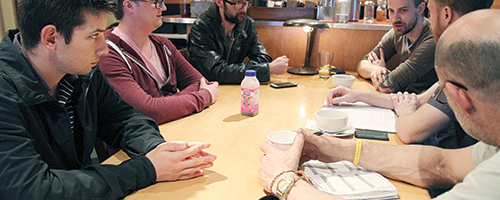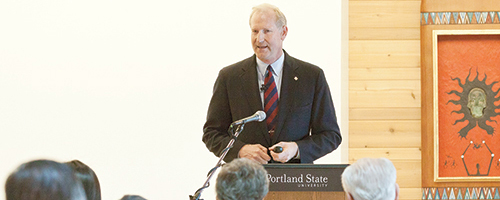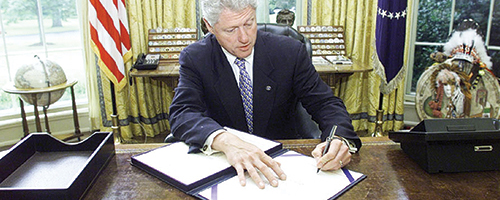The lack of public restrooms in downtown Portland is a source of frustration for many in the community who consider it an issue of human rights, public health and the environment.
Students flush out ideas for more public restrooms
[portfolio_slideshow id=49446]
The lack of public restrooms in downtown Portland is a source of frustration for many in the community who consider it an issue of human rights, public health and the environment.
In an effort to tackle this issue, Portland State community development students have teamed up with Public Hygiene Lets Us Stay Human, an advocacy organization that focuses on the availability of public restrooms and sanitation in the inner-city area.
Carol McCreary, co-founder of PHLUSH, raves about the student organization. “I think these guys are really an amazing team,” she said.
The students, who are taking on this project as a part of the community development major curriculum, created Right to Relief, which puts a spotlight on the city’s lack of public restrooms and how that can affect the entire community.
“What we are trying to do is create a platform for conversation for academic planners, policy-makers and Portland citizens [who are] the affected, impacted population,” said Jacob Hanson, one of the students involved with Right to Relief.
The City of Portland has funded the installation of six public restrooms, called Portland Loos, in downtown. As of now, the loos are only located on the west side of Portland; the most recent loo was erected at Northwest 10th Avenue and Lovejoy Street in the Pearl District.
Even though there are some public restrooms available, the number falls short of the demand. Not too long ago, public restrooms were a part of the commons and available for use by any member of the public. This meant that any restroom, including those located within a store or restaurant, was available to the general public for free.
Public restrooms faded from the commons and became privatized, allowing business owners full control of access to their restrooms. Hanson said this has had a huge impact on the houseless population.
“Not everybody can afford to buy a latte when they need to go to the restroom,” he said.
The members of Right to Relief believe the effect of the lack of public restrooms on Portland’s environment is a major issue.
“When people don’t have access to restrooms, a lot of times the houseless population has to resort to urinating and defecating outside,” said John Todoroff, a student involved with Right to Relief. “So it…affect[s] the public safety [of] our public spaces.”
The students say that funding for more public restrooms would decrease the amount of waste washed into runoff water that eventually ends up in Portland’s streams and rivers.
Members of Right to Relief also believe that the installment of more public restrooms can encourage people to use sustainable public transportation.
“People can jump on a MAX and go where they need to go or get on their bikes and take a trip without having to worry about where they are going to use the restroom,” Todoroff said.
For more information about Right to Relief, contact [email protected].






